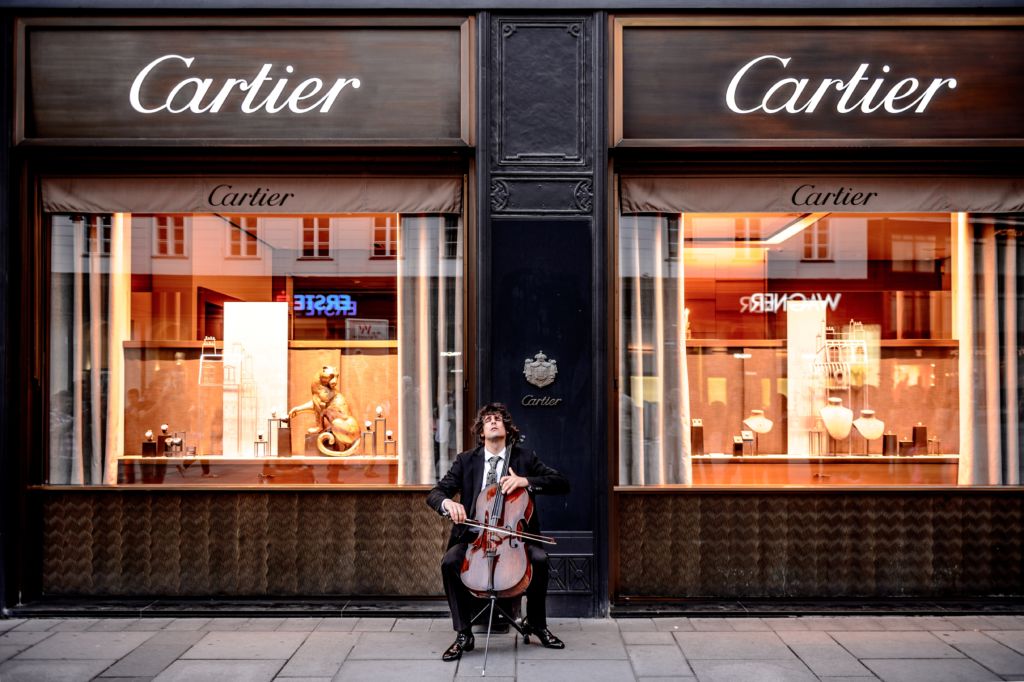
Continuing with the analysis of the previous article on The State of Fashion 2019 report, we will focus on the current fashion consumer and the changes they have experienced in the past few years.
While business models for second-hand, repaired, refurbished and rented items continue to evolve, the life span of fashion items is increasing. In different product typologies, consumers show clear intentions to drift away from traditional ownership of products towards new ways to access them.
Is the ownership of fashion items coming to an end?
The shift towards new ownership models in our sector is generated and driven by customers’ fervent desire for greater variety, sustainability and accessibility. And in this sense, the resale market, for example, could be larger than the fast fashion market within a period not much longer than ten years. Seeing this shift in consumer trends, startups should not be the only ones leaving their footprints on these segments: established fashion brands will speed up the pace of adopting new ownership models as they become more relevant to consumers.
The clear choices are: fashion as a service and rental fashion.
In an increasing number of item categories and in different industries, consumers are opting to rent rather than own the goods they use and enjoy. It is clearly an evolution in consumer behavior and forecasts indicate that this new approach will have an impact on fashion business in the coming years.
This new behavior, driven primarily by the greed for constant novelty of the younger generation, also embraces sustainability as a fundamental cause and value. Analyses have shown that the average customer now buys about 60% more clothing than 15 years ago. But those clothes are only kept half the time they used to be. For example, a survey in the UK found that one out of three young women considers clothes to be “old” after wearing them once or twice. One out of seven considers that it is not cool or they don’t like to be photographed with the same outfit twice. In summary, today’s young people desire more than anything else constant novelty and it is very likely that these new generations will accept the “churn” (cancellation fee on a service subscription) in their closets.
At the same time, they are more interested in sustainable clothing than consumers of earlier generations. The new system of rental, resale and refurbishment extends the life span of an item and offers the innovation that today’s consumers want.
What about luxury consumers?
The strategy adopted by luxury brands has been to increase prices in a significant way. Prices of jewelry and watches have doubled since 2005. Even high-income customers in the sector are looking for discounts and purchasing alternatives to get some relief.
These new trends and demands are driving the success of the new models of rental and second-hand purchase-sale. It is estimated that the ability of the leading players in the luxury market of fulfilling a greater desire for aspirational and innovative items, will place them in a prominent position during this year 2019 and the next year.
In several areas of today’s economy, a consumer is emerging and present who is more interested in accessibility than in final ownership of a product. When we observe this evolution, the logical question that arises in our sector and industry is: how can we participate and obtain benefits?
The answer is: through smart and immediate fashion service.
While established brands have ignored or belittled second-hand retail, startups have successfully entered the fashion rental and second-hand markets. Other luxury market players have acquired resale or rental businesses to control how those items are marketed on the second-hand market.
Some of these new competitors within the sector have ventured into refurbishment, taking advantage of the sustainability benefits it generates, recovering worn items for restoration or using materials to create new products on a clear path to the ultimate goal, circular fashion and close the loop. Phrases such as “The best thing we can do for the planet is to keep our clothes in use for longer and reduce their consumption” are becoming common practice among fashion brands and we will see their progression from now on.
Three game changers towards fashion service.
During this year, a couple of remarkable situations are happening and we are expecting to see a third one that would be very interesting.
First of all, the number of brands entering the rental, resale and renewal business model is increasing considerably – it’s startup fashion! Established players will progressively consider alternative ownership as a strength to be embraced or, at the very least, they will have to try out new collaboration models with retailers or industry start-ups.
Secondly, there is a remarkable increase in the number of “native rental” brands born exclusively for rental or subscription models.
Thirdly, we hope and we would be very pleasantly surprised to see a unicorn in this industry.
Bottom line.
There is no doubt that more and more fashion consumers will have a greater share of their wardrobes occupied by second-hand or rented products, especially for high-value items and accessories. Although traditional players should not be alarmed, we believe it is essential to identify and understand in depth the signals shown by young consumers who prefer to rent rather than own.
Here we will meet again, in the next post, to analyze the world of fashion!













































